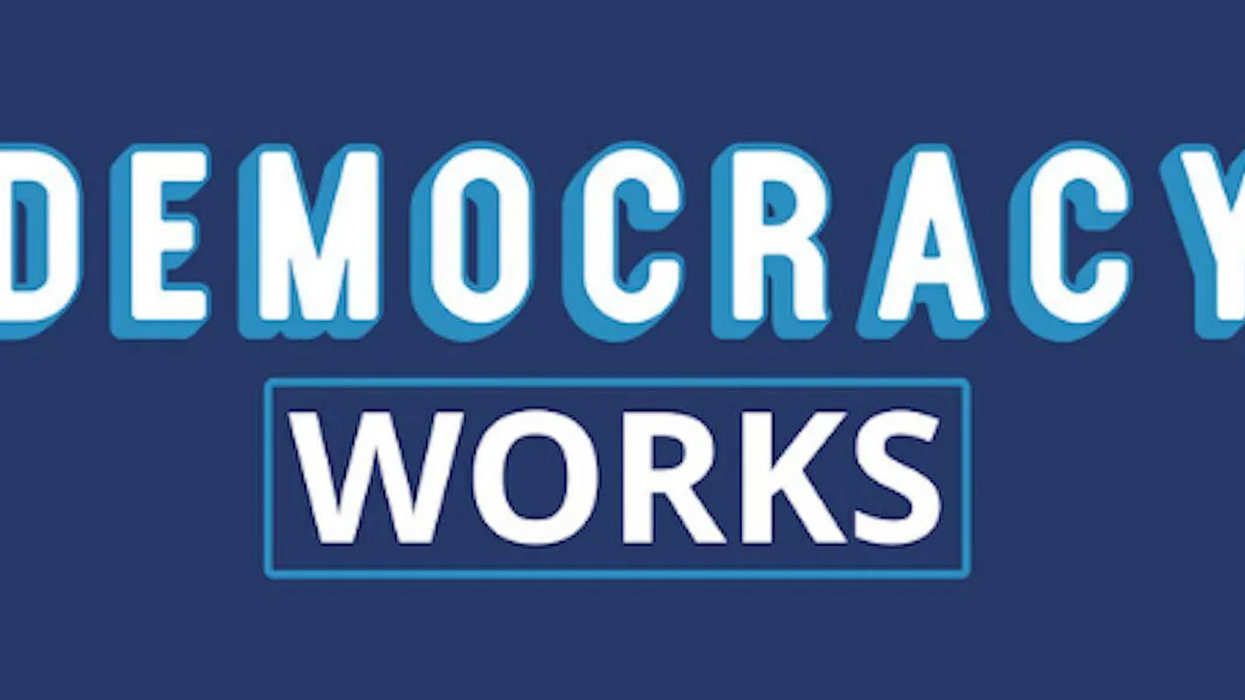Across op-ed pages and Substack newsletters, college campuses have become fiercely ideological spaces where students unthinkingly endorse a liberal orthodoxy and forcibly silence anyone who dares to disagree. These commentators lament the demise of free speech and academic freedom. But what is really happening on college campuses?
In his new book, Campus Misinformation, Penn State professor Brad Vivian shows how misinformation about colleges and universities has proliferated in recent years, with potentially dangerous results.
Taking a non-partisan approach, Vivian argues that reporting on campus culture has grossly exaggerated the importance and representativeness of a small number of isolated events; misleadingly advocated for an artificial parity between liberals and conservatives as true viewpoint diversity; mischaracterized the use of trigger warnings and safe spaces; and purposefully confused critique and protest with censorship and “cancel culture.”






















